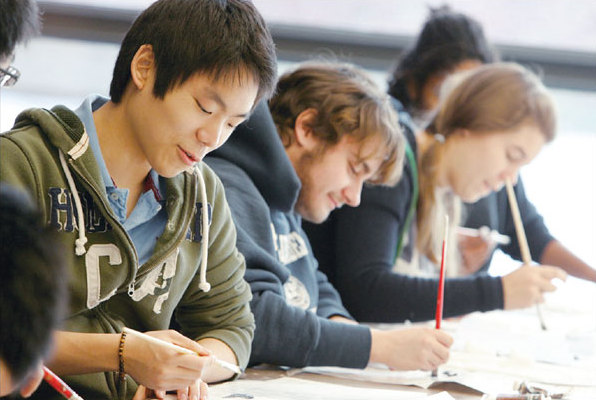In High (School) Demand
Updated: 2013-08-16 11:24
By Michael Barris (China Daily)
|
||||||||
|
At Phillips Andover Academy in Andover, Massachusetts, 25 miles north of Boston, 25 percent of the school's roughly 1,150 students are either Asian or Asian-American. Tuition at Phillips is $47,000 for boarding students and $36,700 for day students. Provided to China Daily |
Chinese students are attending US colleges and universities in record numbers, and now a new group from the world's second-largest economy is in the classroom: teenagers in high schools, reports Michael Barris from New York.
First, it was colleges and universities in the United States. Now Chinese students have US middle schools and high schools in their sights.
While the number of Chinese students enrolled in US colleges and universities continues to rise, students from China are now seeking their education overseas at an even earlier age, and "Gaoshen" - the Chinese expression for "applying to an American high school" - is booming.
|
||||
The numbers support her claim. In the 2010-11 school year, nearly 24,000 high school-age Chinese were studying in the US, more than 15 percent of the total number of Chinese students in the US overall, up from virtually none five years ago. Meanwhile, US middle schools, also known as junior high schools, hosted 6,725 Chinese in 2011, up from just 65 in 2006, according to the US Department of Homeland Security. In New York City, 638 Chinese students with visas attended high school in 2012, up from 114 five years earlier, the department said.
The reasons
Various reasons are behind the migration to US middle schools and high schools: an urge to be part of a less rigid education system, the desire to gain an edge over other students from China for admission to a US university and a wish to avoid China's rigorous national university entrance examination.
Students from China "are looking for a good fit for their interests", said Sun, whose institution in Milwaukee, Wisconsin, helps high school students from China "adjust to life in the US and prepare for academic success".
If, for example, a student relocating to the US has artistic talent, "we will then find a (high) school with strong art programs", Sun said.
The US school system's emphasis on student-centered education is a beacon for students from China, especially those looking to fill US college applications with descriptions of "extracurricular activities" that admission officers are said to value highly.
"Freedom to choose their own courses is a big draw for studying in the US," Jeff Hayes, a teacher of Mandarin at Rockford High School in Michigan, said in an interview.
"Many students have personally told me that the Chinese education system is very rigidly structured and students have very little choice in class selection. China has slowly been changing its education system to give students some choice," he said.
Rockford High School, based in a Michigan city of the same name, will have five full-time students from China living with local host families arranged by the Rockford public school district when the school year starts Sept 3, Hayes said.
Sun agreed that students from China gravitate toward the opportunity to tailor their course load to their individual needs. For instance, he said, Pius XI High School, a private Catholic high school in Milwaukee and partner of Wisconsin International Academy, lets students choose from more than 100 courses. "None of the 900 students at Pius has exactly the same classes," Sun said. "Students can choose their most interesting courses as long as their core courses such as English, math and history are selected."
For many students from China, however, a key driver of their enrolment in a US high school is their parents' belief that doing so will give the student a leg up on the competition vying for a US-university study visa. The US State Department limits the number of visas issued to foreign students, "so the competition for visas is intense", Hayes said.
Sun said an estimated "20 percent to 30 percent" of Chinese students at Wisconsin International Academy attend a US high school at their parents' urging, ostensibly to gain an edge over other Chinese candidates in the competition for US university admission.
- Chinese students boost boarding business in US
- Chinese students head overseas at younger ages
- Medical insurance for overseas Chinese students
- US public high schools lure Chinese students
- Chinese students in US go for '2+2'
- Influx of Chinese students is big business for America
- Chinese student enrollment causes flap in California
- Chinese students follow their dreams abroad

 Thrills in store for Chicago Air and Water Show
Thrills in store for Chicago Air and Water Show
 Demolition work starts on rooftop villa structure
Demolition work starts on rooftop villa structure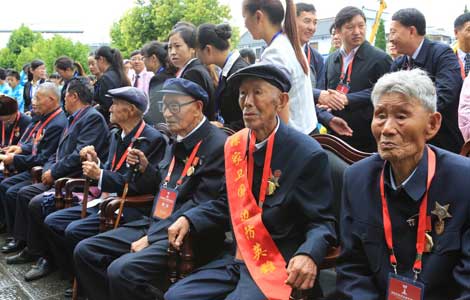
 Memorial to expeditionary soldiers opens
Memorial to expeditionary soldiers opens
 Death toll from Egypt violence rises to 638
Death toll from Egypt violence rises to 638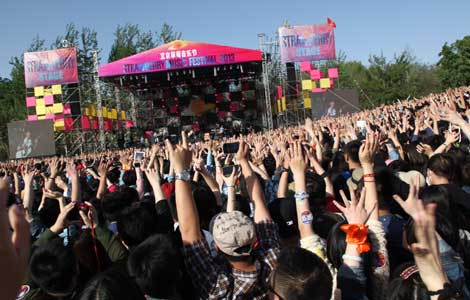
 Tunes that travel
Tunes that travel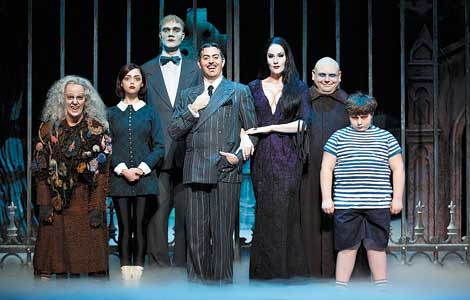
 Macabre Addams Family tests musical tastes
Macabre Addams Family tests musical tastes
 Spielberg has desire to work with Zhang Yimou
Spielberg has desire to work with Zhang Yimou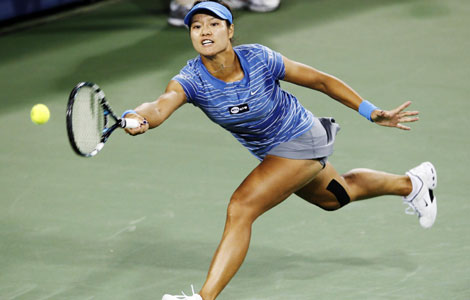
 Li Na advances to 3rd round at Cincinnati Open
Li Na advances to 3rd round at Cincinnati Open
Most Viewed
Editor's Picks

|

|

|

|

|

|
Today's Top News
Exporters take heart from signs of US rebound
Clinton: US behind China in Africa
Chinese reduce Treasury holdings
Canadian deal boosts Chinese aircraft ambitions
The 'bad boys from Boston' are set to rock Shanghai
Global universities ranked by survey
No remorse as Abe marks surrender anniversary
China to be world's No 1 consumer
US Weekly

|

|
